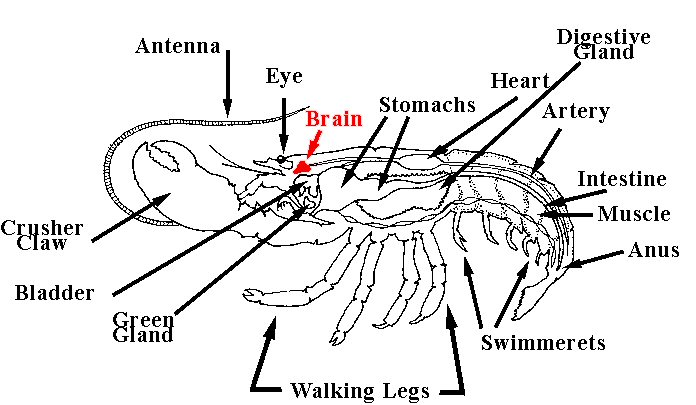I have been asked to write some further words about the golden key to the secret fortress of the mysterious Adepts of the hidden tower of the invisible goat deity. This key is referred to in Emboldened, In Gumboots, where it is suggested that obtaining it, and bringing it back to HQ, was the object of the no longer weedy volunteer brevet cadet’s dangerous mission.
Rather than babbling on about the key, however, I think readers would be better served if I said something about the invisible goat deity itself. This goat god was not only invisible, but more significantly it was vagrant, in the sense that it was forever wandering around, hither and thither, without any apparent purpose. It was for this reason that the Adepts had constructed a tower in which to pen it. They let it out to go a-wandering on special ceremonial days, and were able – as Adepts – to track its aimless scurrying because the deity left a unique carbon footprint wherever it went. Perhaps ‘carbon hoofprint’ is the apposite phrase. The mark of a true Adept was an acutely honed skill at offsetting the goat god’s carbon hoofprint. So few people had even the glimmer of an idea what ‘offsetting the carbon hoofprint’ actually meant that there was only ever a handful of Adepts. Easily recognisable in their huge blue conical hats, waving their wands, and weighed down by necklaces of bones and teeth and jewels and stones and dough, the Adepts spent most of their time in their secret fortress, writing lengthy and learned texts about the deity.
Pebblehead’s bestselling paperback Goat! is a fictionalised account of the exciting day when the goat outwitted the Adepts and locked them in the tower, then scampered off to the secret fortress and, in the company of a number of other goats, both visible and invisible, munched its way through their collected writings, leaving nothing but a clotted, chewed-up mass of spittle-soaked scrap paper. No one knows what became of the goat after that, for it resumed its vagrant ways, invisible. So ended its goatgodly Dominion, which had lasted for just six weeks, in the year of straw, long ago, but not so long ago as all that.

